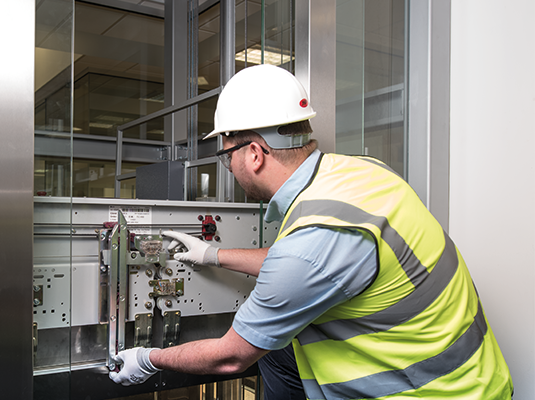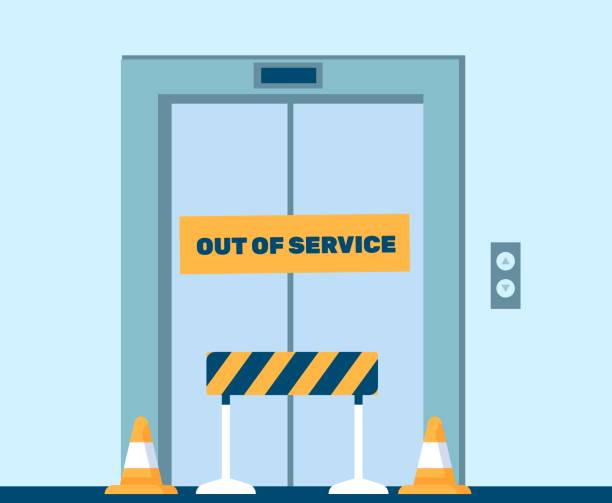Advanced Lift Engineer Course: Plan For Professions with Leading Lift Repair Companies Near Me
Advanced Lift Engineer Course: Plan For Professions with Leading Lift Repair Companies Near Me
Blog Article
Comprehensive Overview to Elevator Equipments and Their Upkeep
Browsing the elaborate globe of elevator systems and their maintenance is a job that demands accuracy and understanding. From the numerous types of lift systems in use to the thorough adherence to safety guidelines, the maintenance of these vertical transportation tools is a multifaceted undertaking.
Kinds Of Lift Systems
The most common types consist of hydraulic elevators, traction elevators, machine-room-less elevators, and vacuum elevators. Hydraulic lifts are perfect for low-rise buildings and utilize a hydraulic piston to relocate the elevator auto. Machine-room-less lifts are a space-saving alternative as they do not call for a different maker area for the lift equipment.
Each kind of lift system has its very own benefits and negative aspects, making it critical for structure proprietors and designers to very carefully consider their certain needs before selecting one of the most ideal alternative. Aspects such as developing elevation, space accessibility, power performance, and spending plan restraints all play a substantial function in identifying the best elevator system for a specific structure.
Typical Maintenance Problems
Regular maintenance of elevator systems is important to make sure smooth procedure and lengthen their lifespan. Regardless of regular maintenance, lift systems can still experience common maintenance issues that require to be promptly dealt with to protect against disturbances in service. Regular assessments and positive maintenance can help identify and deal with these usual maintenance issues before they rise and influence the total efficiency of the lift system.
Security Regulations and Conformity
Complying with rigid security regulations and ensuring conformity with market criteria are vital for preserving the operational honesty of elevator systems. Elevators undergo a detailed set of safety and security guidelines to safeguard passengers, maintenance personnel, and the basic public. Regulative bodies such as the Occupational Safety and Wellness Administration (OSHA) in the USA and the European Lift Association (ELA) in Europe develop guidelines that cover various aspects of lift style, upkeep, procedure, and installation.
Conformity with these laws is not only a lawful need but likewise a moral commitment for structure owners and lift upkeep business. Failing to satisfy safety and security standards can cause penalties, lawful obligations, and, most notably, jeopardize the security of people making use of the elevator. Routine inspections, upkeep checks, and adherence to safety procedures laid out in the policies are necessary to guarantee the secure and reliable procedure of lift systems. By focusing on safety policies and conformity, stakeholders can promote the count on of the general public and minimize possible risks connected with elevator use.
Ideal Practices for Maintenance

Structure owners need to likewise take into consideration spending in modernization upgrades to improve the efficiency and safety and security of their elevator systems. By adhering to these best practices, elevator systems can operate smoothly and securely, providing trusted vertical transport for residents.

Advanced Technologies for Effectiveness
Applying sophisticated modern technologies in lift systems can dramatically boost functional performance and guest experience. lift maintenance london. Among the vital innovations in lift modern technology is the intro of location control systems. These systems enable passengers to input their desired flooring prior to going into the elevator, which then routes them to one of the most effective automobile. By reducing unnecessary quits and maximizing traveling paths, location control systems minimize wait times and congestion in high-traffic buildings.
In addition, the combination of smart sensing units and predictive upkeep see this website abilities has actually transformed lift upkeep. These sensing units can discover potential problems prior to they intensify, enabling positive upkeep interventions and lessening downtime. Additionally, making use of energy-efficient components and regenerative drives helps minimize power intake and operating expenses in lift systems.
Additionally, the execution of cloud-based monitoring and remote diagnostics enables real-time monitoring of elevator efficiency and prompt troubleshooting of any type of breakdowns. This aggressive method not just improves important source system dependability but additionally enhances the general customer experience by ensuring nonstop and smooth lift procedures.
Conclusion
Finally, understanding the different sorts of lift systems, common maintenance concerns, safety and security policies, finest maintenance techniques, and progressed technologies for efficiency is vital for making certain the smooth operation of elevators. By adhering to safety policies and carrying out ideal methods for maintenance, structure proprietors can lengthen the life-span of their lift systems and make certain the safety of passengers. It is essential to stay updated on the most recent developments in elevator technology to boost effectiveness and dependability.
The most common types include hydraulic lifts, grip lifts, machine-room-less lifts, and vacuum elevators. Hydraulic elevators are ideal for low-rise buildings and make use of a hydraulic piston to relocate the lift cars and truck. Machine-room-less lifts are a space-saving choice as they do not need a separate machine room for the lift equipment. Routine inspections and proactive upkeep can this post assist determine and deal with these common upkeep concerns before they escalate and impact the total efficiency of the elevator system.

Report this page